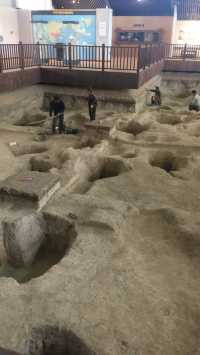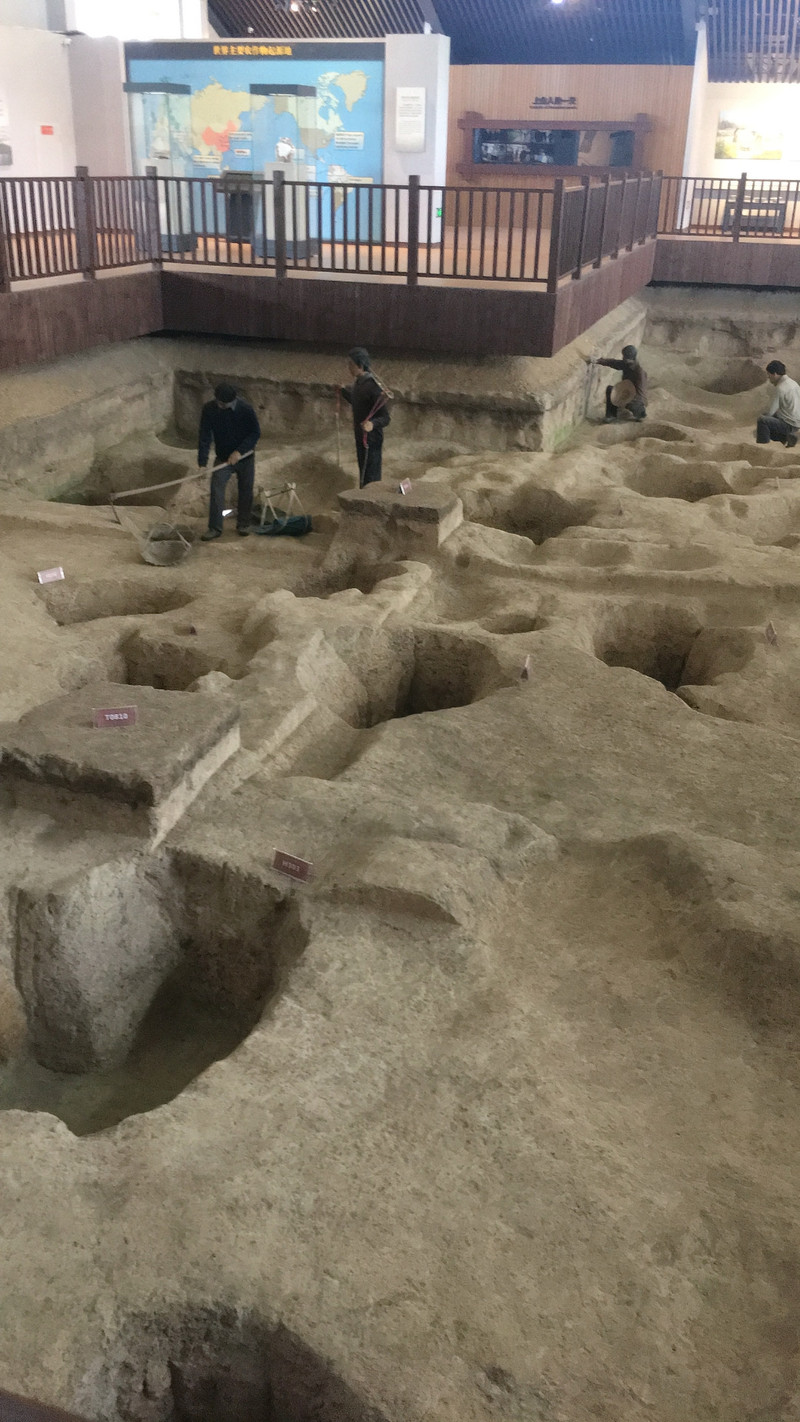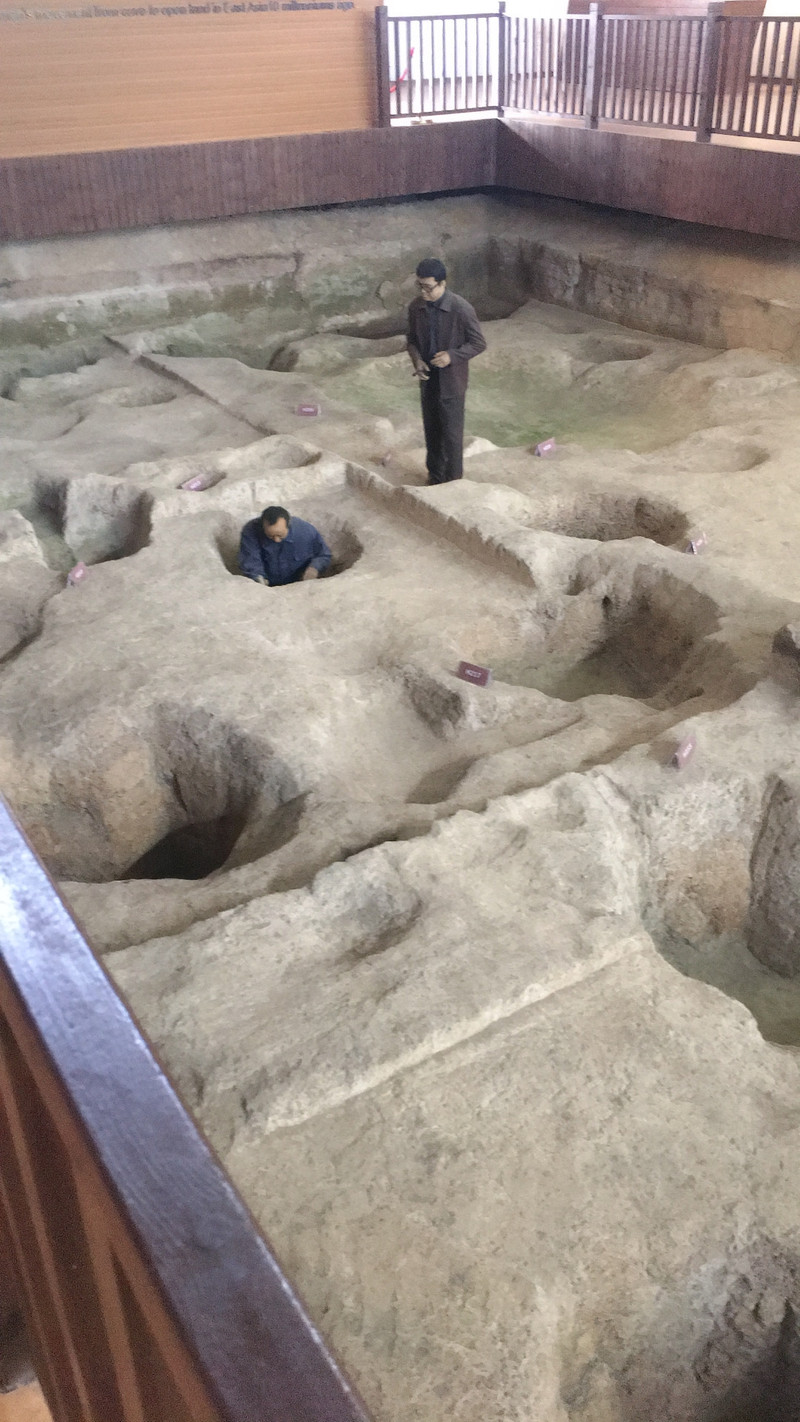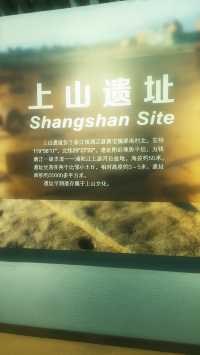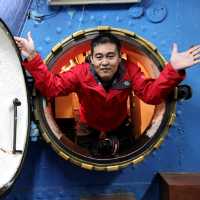not bad. . . . ,. . . . . . . . ,
;
Shangshankaogu Ruins Park Review
4 /55 Reviews
Popular Destinations
Hanoi Travel | Kathmandu Travel | Kota Kinabalu Travel | Queenstown Travel | Monchengladbach Travel | Lake Forest Travel | Phnom Penh Travel | Annecy Travel | Bangkok Travel | Sakaiminato Travel | Osaka Travel | Tokyo Travel | Vannes Travel | Batemans Bay Travel | Wenzhou Travel | Chicago Travel | Oamaru Travel | Makati Travel | Coconino County Travel | Lewisboro Travel | Lubbock County Travel | Eisenstadt Travel | Brougham Travel | Ela Township Travel | San Giovanni Rotondo Travel | Russellville Travel | Manado Travel | State College Travel
Recommended Attractions at Popular Destinations
Bangkok attraction near me | Tokyo attraction near me | Manila attraction near me | Hong Kong attraction near me | Taipei attraction near me | Seoul attraction near me | Los Angeles attraction near me | New York attraction near me | Shanghai attraction near me | Kuala Lumpur attraction near me | Shenzhen attraction near me | Osaka attraction near me | Singapore attraction near me | London attraction near me | Guangzhou attraction near me | San Francisco attraction near me | Beijing attraction near me | Macau attraction near me | Bali attraction near me | Paris attraction near me | Ho Chi Minh City attraction near me | Orlando attraction near me | Jakarta attraction near me | Phuket attraction near me | Chicago attraction near me | Toronto attraction near me | Fukuoka attraction near me | Istanbul attraction near me | Dallas attraction near me | Cebu attraction near me
Popular Attractions
Chin Swee Caves Temple | Yuanmingyuan Park | Gili Trawangan | SHIBUYA SKY | Jinshanling Great Wall | Luna Park Sydney | Phillip Island Nature Parks | The Church of the Good Shepherd | Universal Studios Singapore | Sydney Zoo | Dinosaur World Somerville | Chimelong Paradise | Phillip Island | Peninsula Hot Springs | Puerto Princesa Subterranean River National Park | Studio City Water Park | Changi Chapel & Museum | Deer Park Heights Queenstown | Nagoya Castle | Rabbit Hill Park | Mara Park | Medycyna Estetyczna Dr Anna Butowska | DDA Park | King Arena | Diamante Dunes Golf Course | Le cordon dunaire | Park miejski | Shrine of the Holy Infant Jesus of Prague | Club canin | Mount Fanjing
Popular Travelogues
Bangkok Travelogue | Tokyo Travelogue | Hong Kong Travelogue | Seoul Travelogue | Los Angeles Travelogue | New York Travelogue | Shanghai Travelogue | Kuala Lumpur Travelogue | Shenzhen Travelogue | Osaka Travelogue | Singapore Travelogue | London Travelogue | Beijing Travelogue | Macau Travelogue | Bali Travelogue | Paris Travelogue | Phuket Travelogue | Toronto Travelogue | Fukuoka Travelogue
Payment Methods
Our Partners
Copyright © 2024 Trip.com Travel Singapore Pte. Ltd. All rights reserved
Site Operator: Trip.com Travel Singapore Pte. Ltd.
Site Operator: Trip.com Travel Singapore Pte. Ltd.
